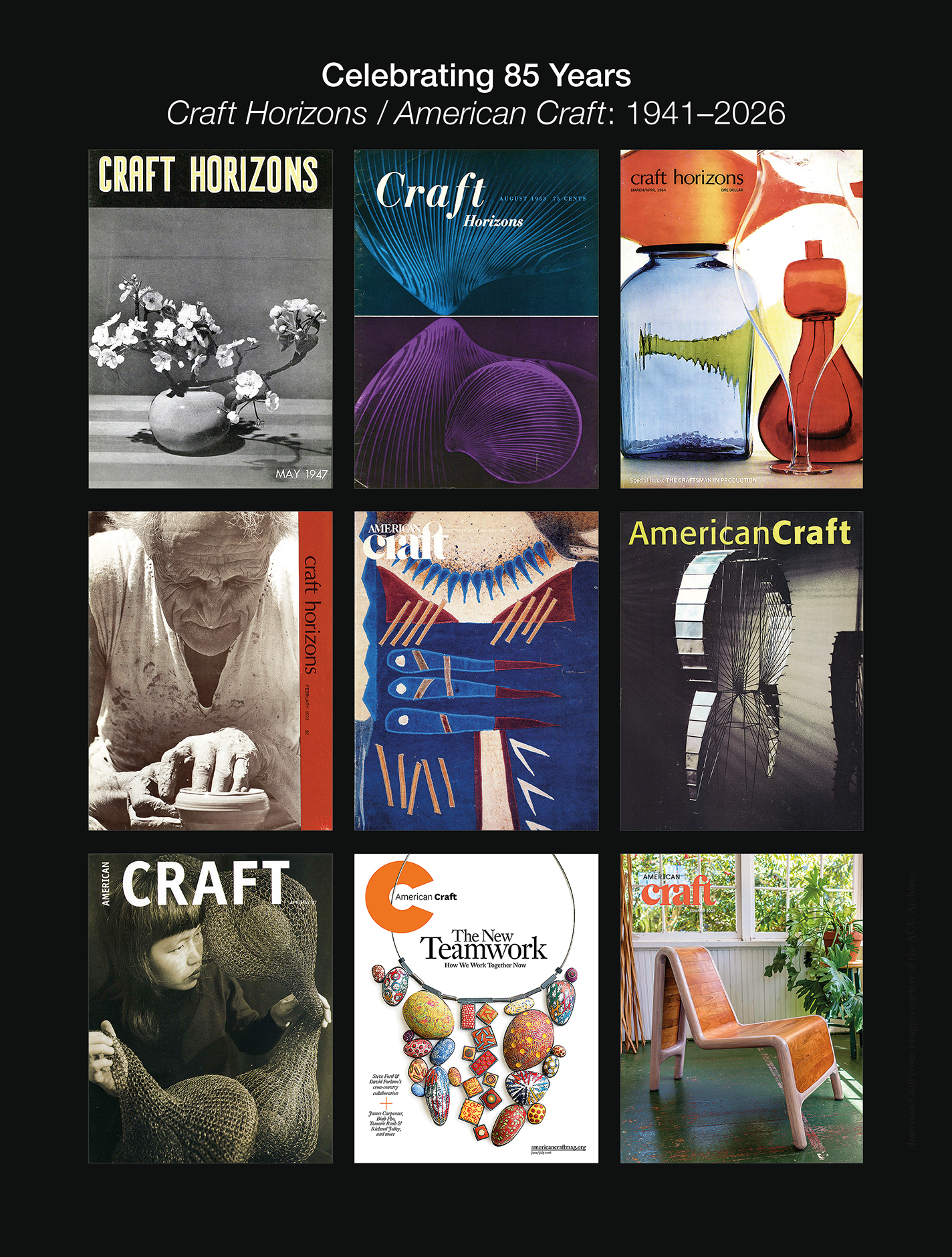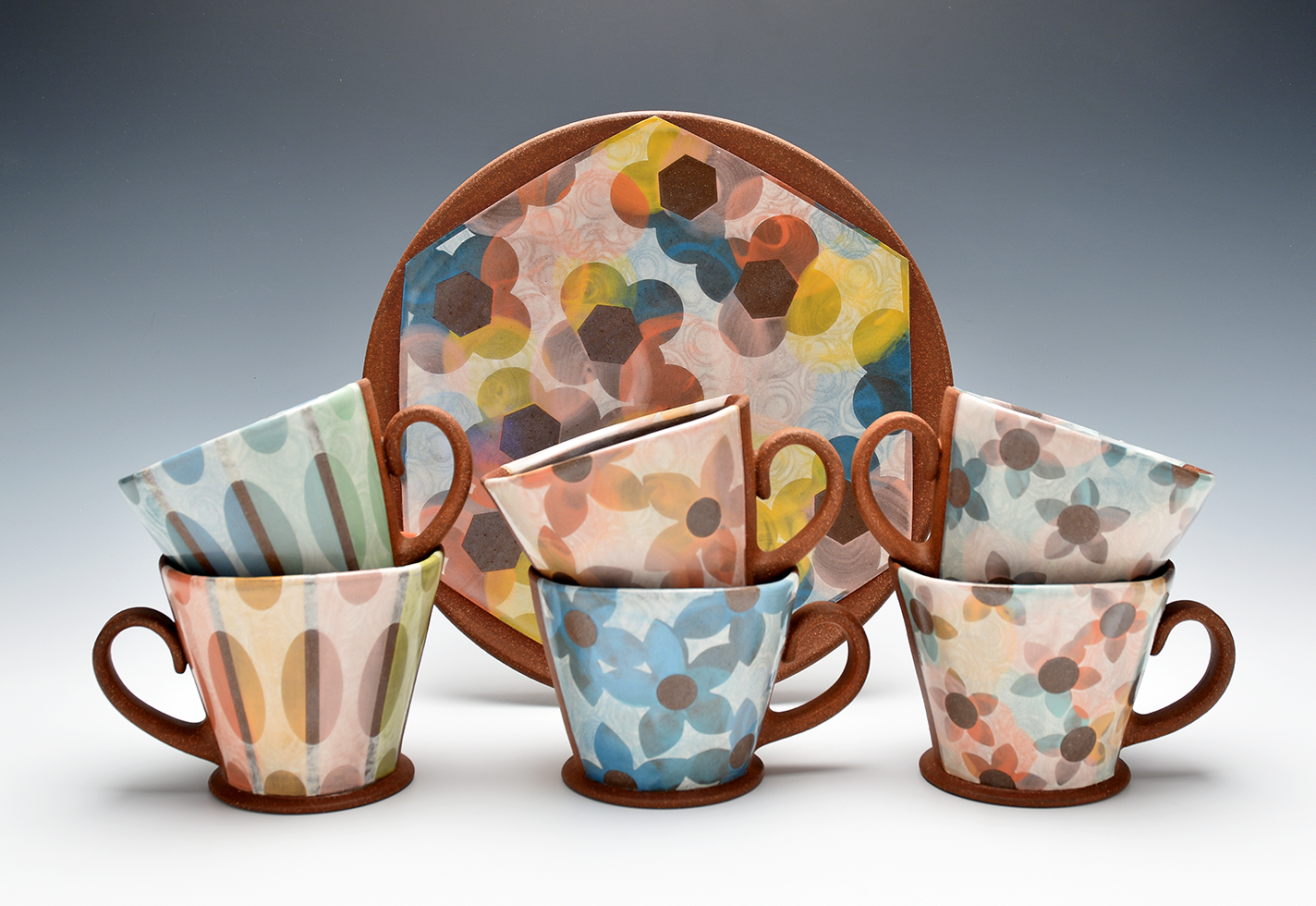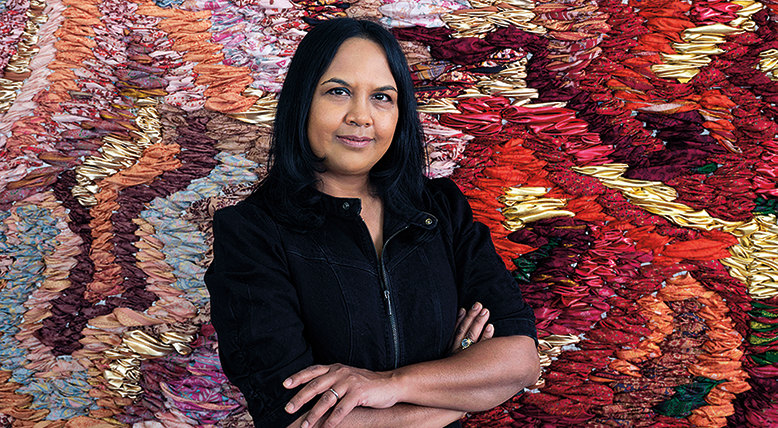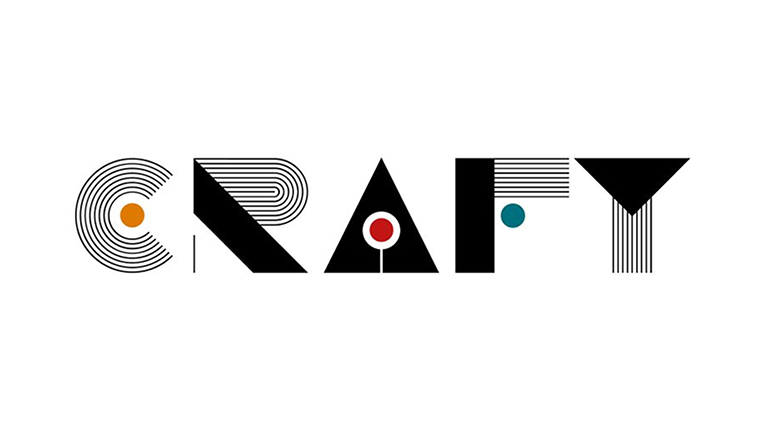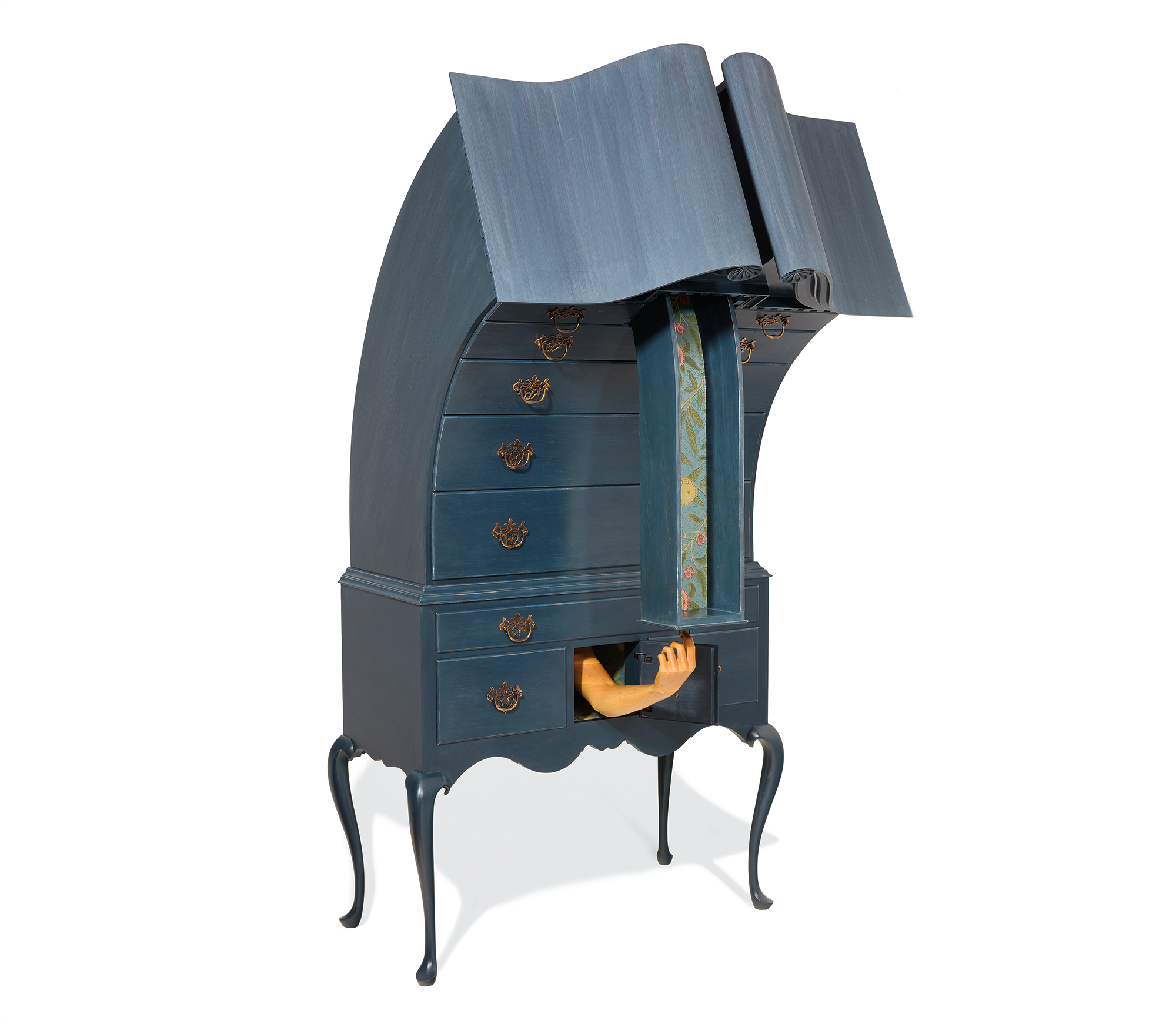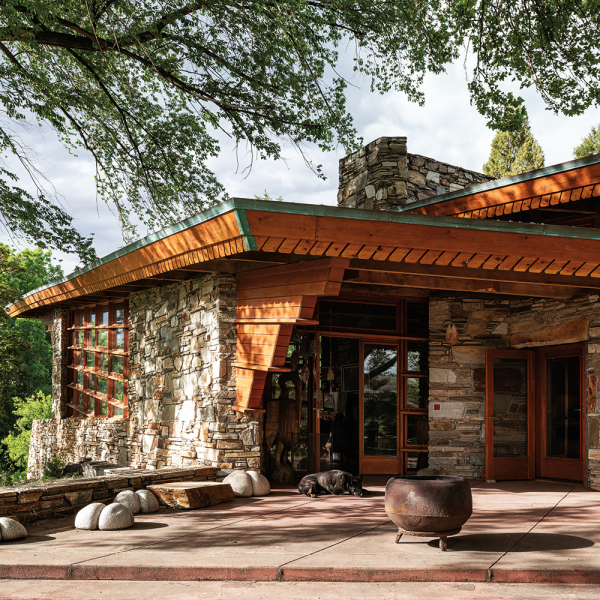The publication has had two lives: as Craft Horizons (1941–1979) and as American Craft (1979–2026). I came to Craft Horizons after the 1969 launch of the famed Objects: USA exhibition, which toured the US. Many view this show, and the media coverage it received, as a watershed, introducing new audiences to our field. As the curator of a university’s art collection at the time, I was working with contemporary craft pieces acquired from national competitions, and I sought out the magazine in the university library.
At first, Craft Horizons was almost exclusively oriented toward the artists and their needs. Objects: USA attracted new and wider audiences interested in knowing not only about craft and its artists but how to collect their work. Craft Horizons began to reflect this in the 1970s, and the publication placed even greater emphasis on this kind of content in the decades after it became American Craft.
From 1980 through 2000, a new generation of collectors and enthusiasts entered the field. A great deal of experimentation and innovation was going on in every craft medium, and these individuals responded by creating noteworthy collections. They supported the presentation of these works in museums, which began—tentatively at first—to add craft to their collections and exhibitions. The magazine encouraged these efforts and, thanks to the coverage RAM received in American Craft, I met collectors from across the country who helped build the collection through their gifts.
Under Lois Moran, who served as editor in chief from 1980 to 2006, the magazine became a gathering place for the field, covering all media and a host of events that took place across the US. Through its coverage of museum exhibitions, book launches, and educational conferences, as well as its new-talent introductions, obituaries, and career opportunity announcements, the publication became an active conduit for what was quickly becoming a national community. Paging through issues from the 1980s and 1990s is a fun, bracing experience as you take in the sheer volume of activity represented by opinion pieces, gallery ads, and large-format, high-quality images of artists’ works.
It was in this period that American Craft became very helpful to my curatorial practice. The magazine’s articles introduced me to artists for potential shows and validated more accomplished talents on whom I set our sights for acquisitions. The magazine did an excellent job of tracking multiple generations of teaching and influence, and I frequently went to back issues to research artists we were acquiring for RAM’s permanent collection, drawing connections between them and their teachers and mentors. When one of our exhibitions was covered in any length, it was an accomplishment we celebrated. So while inclusion in the magazine was an important career-building step that could help any artist receive greater gallery representation, it also introduced museums and their curators to collectors.
As the field developed during these decades, the magazine also evolved into the publication of record for the US craft community. Over the past 20 years, I have continued to be a devoted reader as American Craft has continued to serve the need for information sharing and ongoing conversations, while recording these discussions for historical documentation. It has introduced a broad readership to America’s craft artists and the materials and processes they use in their work. The quality of the visuals, graphic design, and editorial content has been impressive, and the publication has frequently been honored with national awards. This built respect for the magazine and for the artists it covered. While we gather and share information about our field in a variety of ways today, I can still remember waiting for each issue to arrive at a time when it was one of the few sources of information about craft.
This is a very poignant time for the American Craft Council and the field as we say goodbye to an old friend whom we are, indeed, laying to rest. While this saddens me, I also know that, thanks to the efforts of the many professionals who created and maintained this magazine for 85 years, those decades of craft in America are extremely well chronicled. American Craft was an essential resource for both my professional and personal life. I am grateful for the historical information it provided for me and for the documentation of our efforts that it provides for generations to come.
◆
Bruce W. Pepich is Founding Director Emeritus of the Racine Art Museum in Racine, Wisconsin, which contains the largest collection of contemporary craft in North America.
Explore More: The American Craft Council has the entire run of Craft Horizons in digital format from November 1941 through May 1979, as well as issues of American Craft from 1979 to 2011. These can be found at craftcouncil.org.

